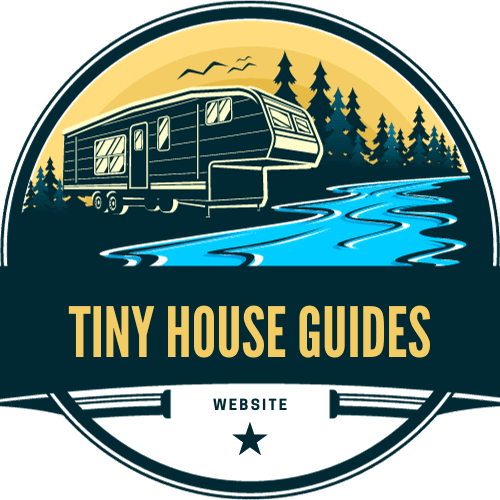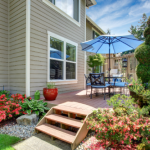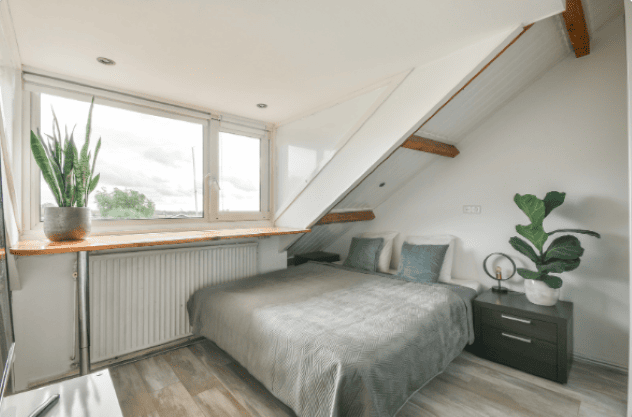
Imagine living in a tiny house – a cozy, compact home that has everything you need in a small space. It sounds like a dream, right? But before you jump into building your own tiny house, there’s something very important you need to know: the laws! Yes, even tiny houses have big rules when it comes to where and how they can be built. In this article, we’re going to explore the legal side of tiny house living, focusing on zoning and building codes. Don’t worry, we’ll make it easy to understand, even if you’re still in school!
Understanding Zoning Laws
First things first: zoning laws. These are rules made by cities or towns that say what kinds of buildings can be put in different areas. Think of it like a game where each part of a city is a different color on the board, and each color has its own set of rules. For tiny houses, you need to find the right color on the board where they’re allowed. Some areas are zoned for residential use, which means people can live there. But not all residential zones are okay for tiny houses. This is because tiny houses are, well, tiny! They’re often much smaller than regular houses, and sometimes they’re even built on wheels. So, you need to check if your tiny house fits the local rules for size and design.
Navigating Building Codes
Building codes are another set of rules. These are like instructions for how to safely build a house. They include things like how tall the ceilings should be, where windows should go, and what materials to use. These codes are there to make sure houses are safe and strong. For tiny houses, following building codes can be tricky. Why? Because they’re so unique! Some building codes might not even mention tiny houses specifically, so you have to be smart about how you interpret them. For example, if there’s a rule about the minimum size of a living room, you might need to plan your tiny house layout very carefully to meet this requirement.
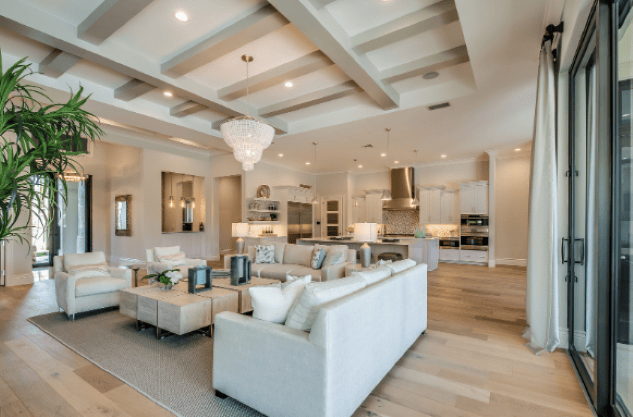
Tiny Houses on Wheels
Now, let’s talk about tiny houses on wheels. These are like regular tiny houses, but they can move! It’s like having a house and a big car all in one. However, the law often sees these as RVs (recreational vehicles) or mobile homes. This means different rules might apply, especially about where you can park and live in them. Some places have RV parks where you can legally live in your tiny house on wheels. But in other places, you might only be allowed to park in certain areas for a short time. So, always check the local laws about RVs and mobile homes.
Making It Legal
Want to make your tiny house dream legal? Here’s what you can do:
- Research Local Laws: Start by looking up the zoning and building codes in the area where you want to live. You might find this information on the city’s website or by calling the local government office.
- Talk to Experts: Sometimes, laws can be confusing. It’s a good idea to talk to someone who knows about building and zoning laws, like a lawyer or a city planner.
- Be Flexible: You might need to change your tiny house plans a bit to follow the laws. Be open to making adjustments.
- Join the Community: There’s a big community of tiny house lovers out there. Join online groups or local meetups to learn from others who have gone through the same process.
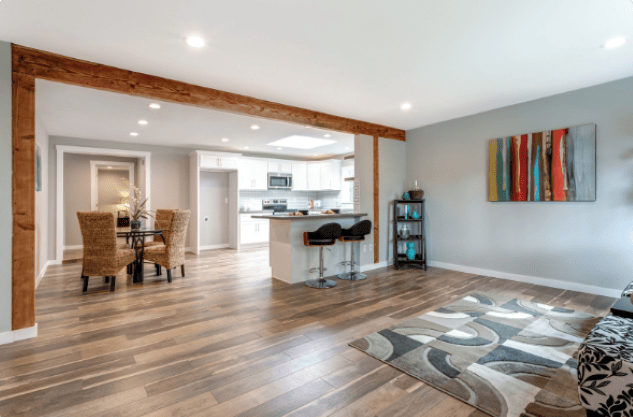
Adapting to Change
The world of tiny houses is always changing, and so are the laws around them. As more people become interested in living in these small, eco-friendly homes, some cities and towns are starting to change their rules to be more welcoming. This means that what might not be allowed today could change tomorrow. Keeping an eye on these changes is crucial. You can do this by attending city council meetings or following local news. Being part of this change can also be exciting! By speaking up about your interest in tiny house living, you might help shape the laws to be more tiny-house friendly. It’s all about being proactive and involved in your community.
Conclusion
Living in a tiny house is an exciting adventure, but it’s important to stay on the right side of the law. By understanding zoning laws and building codes, and being willing to do a bit of homework, you can make your tiny house dream a reality without any legal troubles. Remember, every big journey starts with small steps, and your tiny house journey is no different. So, start exploring, planning, and dreaming – your tiny house awaits!
